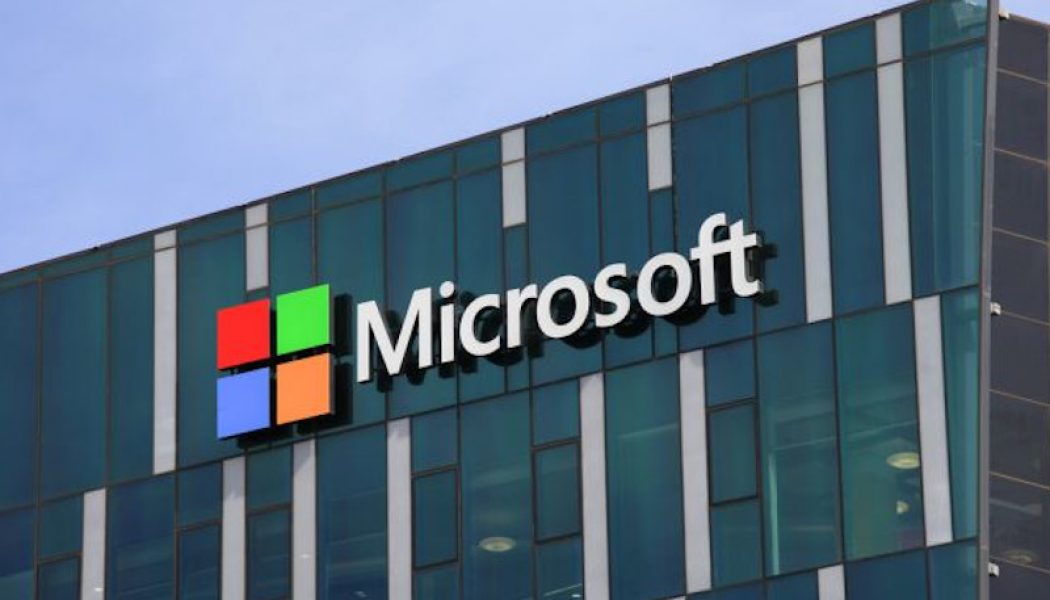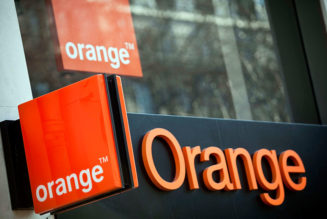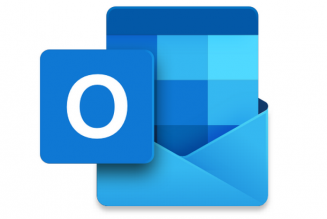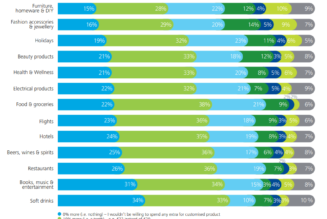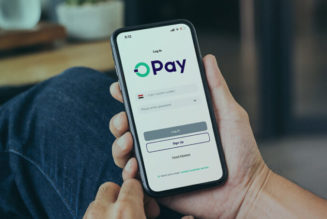In a brand phishing attack, cybercriminals try to imitate the official website of a well-known brand by using a similar domain name or URL and web page design to the genuine site.
The link to the fake website can be sent to target individuals by email or text message, a user can be redirected during web browsing, or it may be triggered by a fraudulent mobile application.
The fake website often contains a form intended to steal users’ credentials, payment details or other personal information.
Check Point’s new Brand Phishing Report reveals the most frequently imitated by criminals. Here are the Top 10 phishing brands in Q1 of 2021:
/* custom css */
.tdi_3_657.td-a-rec-img{ text-align: left; }.tdi_3_657.td-a-rec-img img{ margin: 0 auto 0 0; }
- Microsoft (related to 39% of all brand phishing attempts globally)
- DHL (18%)
- Google (9%)
- Roblox (6%)
- Amazon (5%)
- Wells Fargo (4%)
- Chase (2%)
- LinkedIn (2%)
- Apple (2%)
- Dropbox (2%)
“Criminals increased their attempts in Q1 2021 to steal peoples’ personal data by impersonating leading brands, and our data clearly shows how they change their phishing tactics to increase their chances of success,” says Omer Dembinsky, Data Research Manager at Check Point.
“While security measures are often built into websites and apps, particularly with banking, it’s the human element that often fails to pick up on scams, and as such, cybercriminals are continuing to trick people using convincing emails purporting to be from trusted brands. As always, we encourage users to be cautious when divulging personal data and credentials, and to think twice before opening email attachments or links, especially emails that claim to be from companies, such as banking institutions, Microsoft or DHL, that are the most likely to be impersonated.”
/* custom css */
.tdi_4_760.td-a-rec-img{ text-align: left; }.tdi_4_760.td-a-rec-img img{ margin: 0 auto 0 0; }
